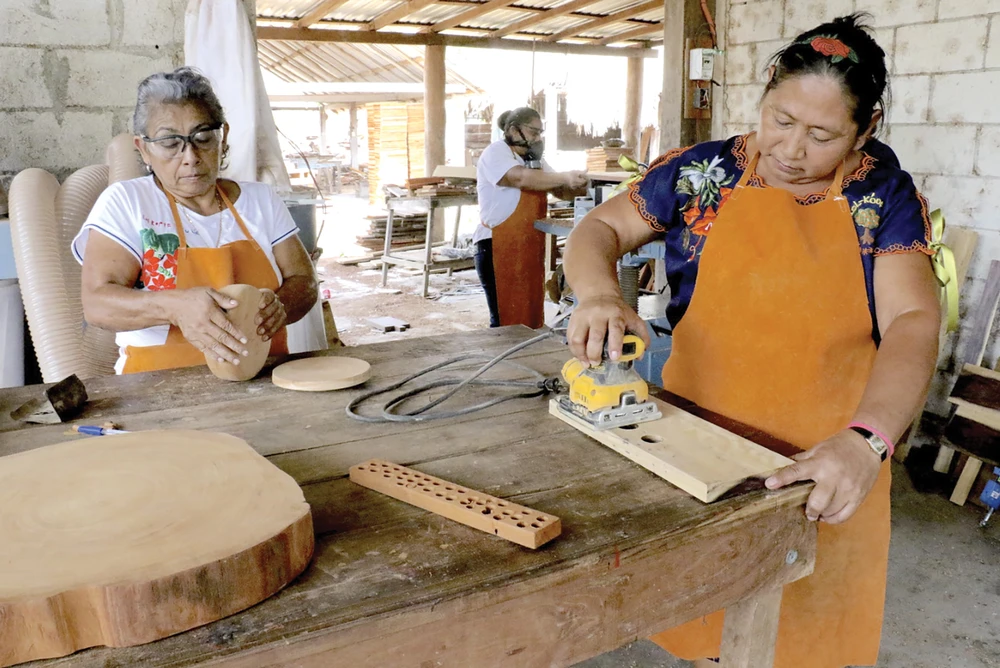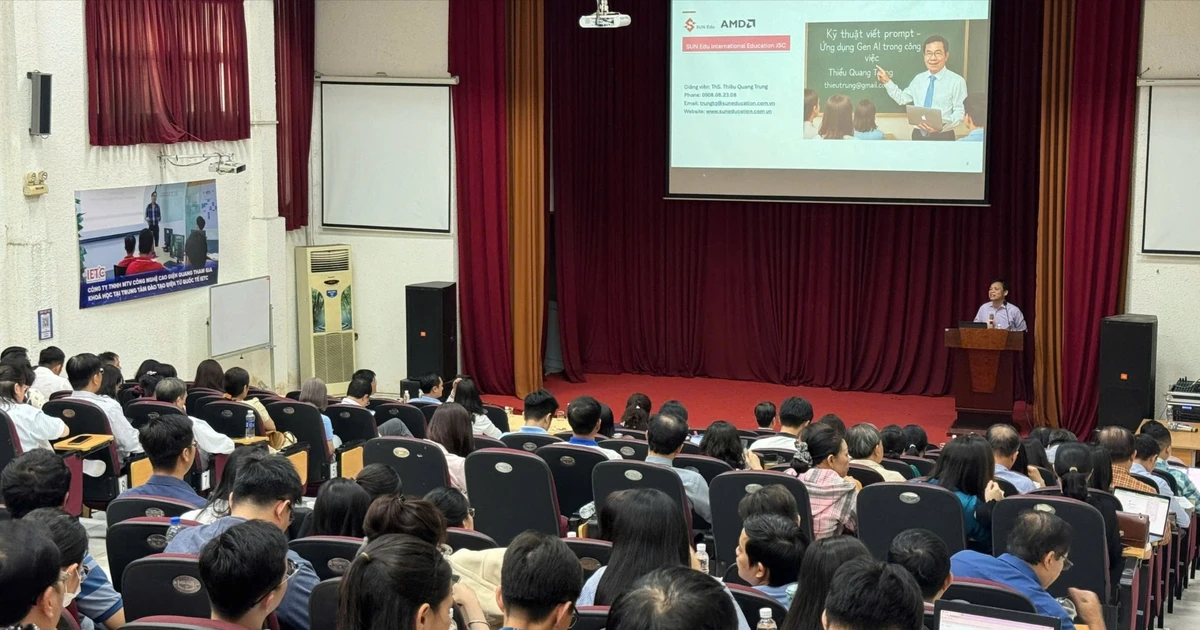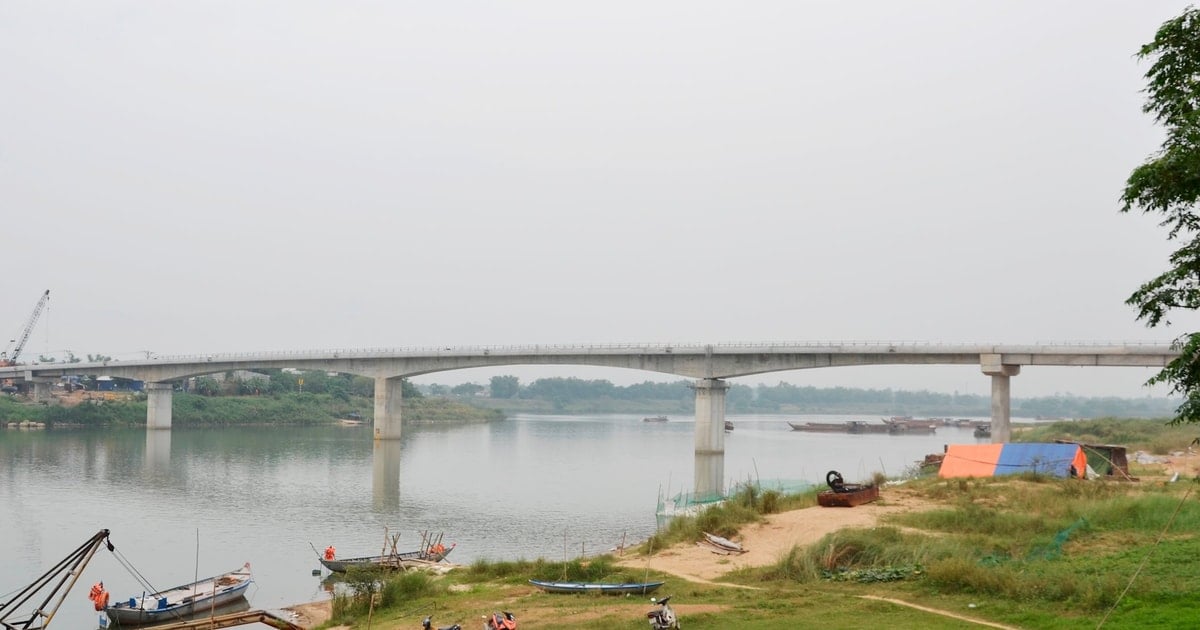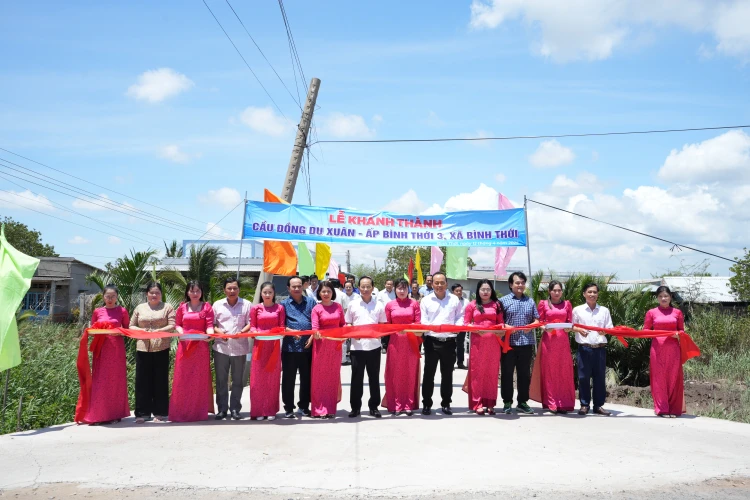Like many parts of the world, Latin America and the Caribbean is facing the challenge of population aging - one of the main demographic phenomena of modern society.

According to a study by the United Nations Economic Commission for Latin America and the Caribbean (ECLAC), due to falling birth rates and rising life expectancy, by 2024 there will be 95 million people aged 60 and over living in Latin America and the Caribbean, accounting for 14.2% of the total population. This number will increase to 114 million people, accounting for 16.6% of the total population, by 2030. Of these, the group aged 80 and over is forecast to increase from 12.5 million in 2024 to 16.3 million in 2030.
The ageing of the population and the reduction of family size pose challenges for public policies on social protection, health care and the labour market, where many older people remain active beyond retirement age due to inadequate pensions and lack of other sources of income, said ECLAC expert Cecchini. Therefore, in order to cope with the ageing population in Latin America, the main concern of governments is to implement reforms, such as pension reform, without adversely affecting the macroeconomic variables that normally ensure fiscal sustainability.
Most Latin American countries have demonstrated success in reducing fiscal deficits and maintaining public accounts. For example, Uruguay and Chile have 90% and 85% of their populations over 65 covered by either a contributory (employee-funded) or non-contributory (employer-funded) pension, respectively, while poverty rates remain below 3% in this sector. At the same time, governments have maintained low fiscal deficits and debt while maintaining good macroeconomic variables, low country risk, and high growth in recent years. However, in Brazil and Argentina, 93% and 85% of their populations over 65 are covered by a contributory or non-contributory pension, respectively, while poverty rates remain below 7% and 3%. The problems arising from high budget deficits are putting the countries’ macroeconomic stability at risk. The same problem occurs in smaller economies like Bolivia.
In addition to the problems associated with budget deficits, these countries are also struggling with high debt levels, which require careful consideration of the potential consequences, as demonstrated by historical precedent. While interest rate cuts in major economies may make debt management easier, China’s economic slowdown poses a threat to export performance and overall economic growth in these countries.
However, in terms of opportunities, an aging population also drives demand for products and services, creating significant opportunities for both global and local markets. This will then lead to the development of the “silver economy” – defined as the part of the economy focused on the needs of older people, including opportunities in areas such as telemedicine, information and communication technology, tourism, smart home systems, healthcare and home care. This approach also promotes healthy and active aging.
HAPPY CHI
Source: https://www.sggp.org.vn/gia-hoa-dan-so-o-my-latinh-thach-thuc-va-co-hoi-post763275.html
































![[Photo] "Beauties" participate in the parade rehearsal at Bien Hoa airport](https://vstatic.vietnam.vn/vietnam/resource/IMAGE/2025/4/11/155502af3384431e918de0e2e585d13a)

































































Comment (0)